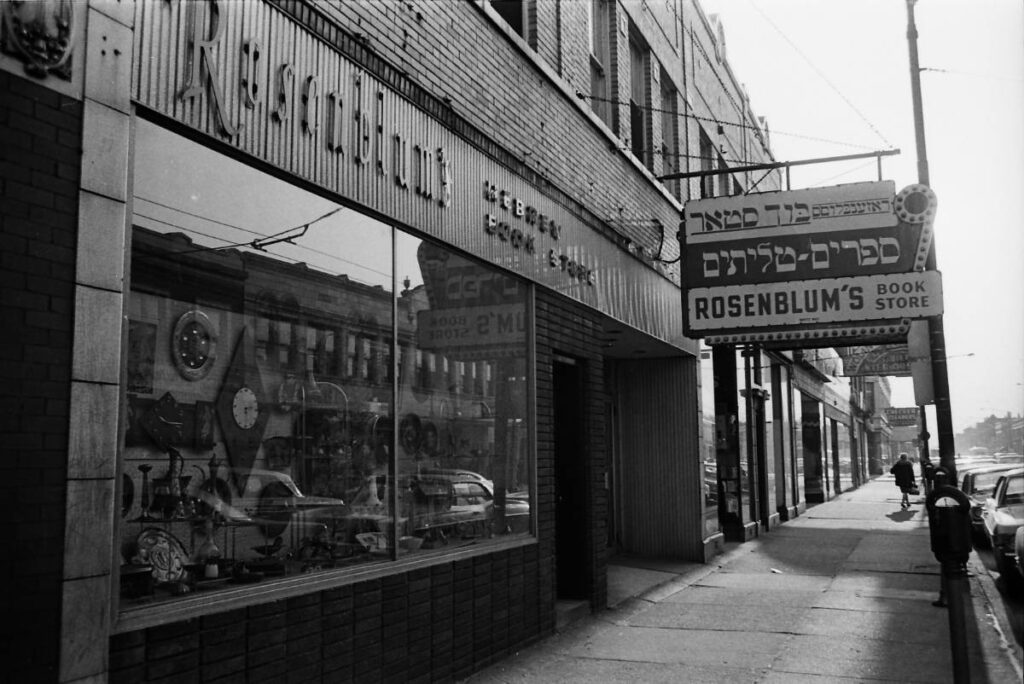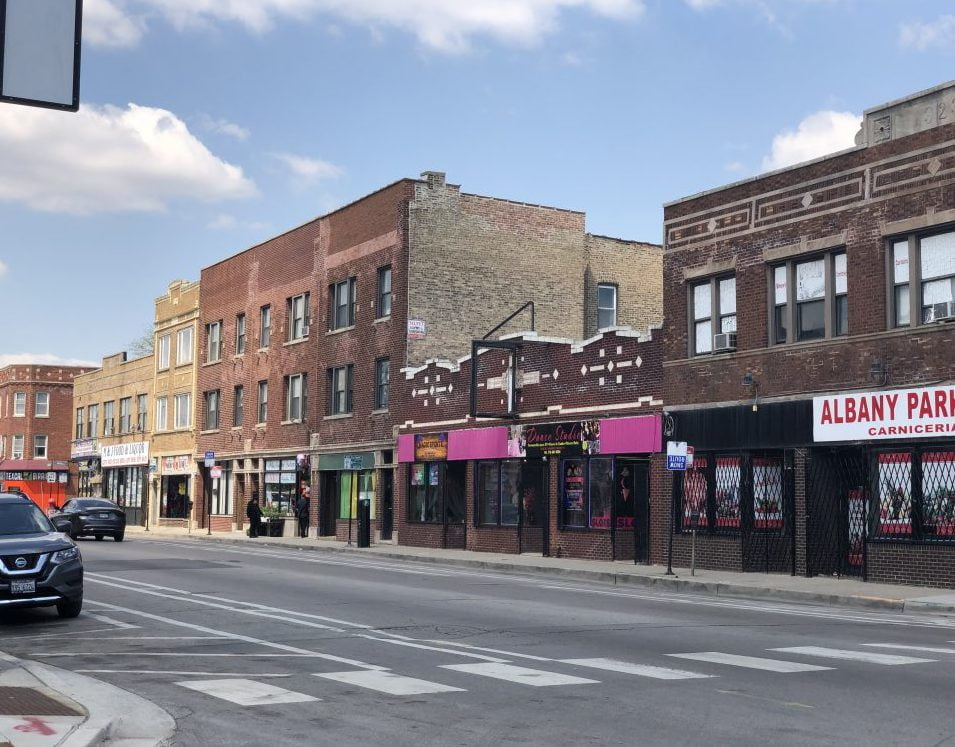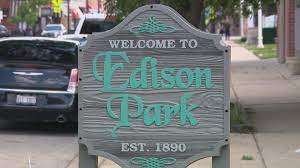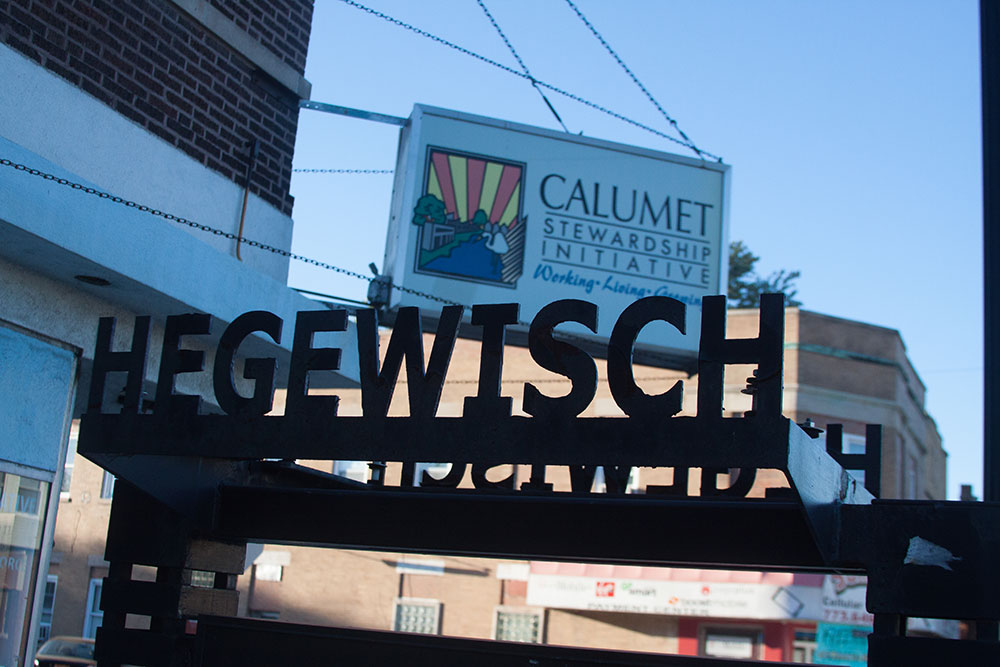Albany Park: A Diverse and Vibrant Chicago Neighborhood
Albany Park, located on the Northwest Side of Chicago, is a neighborhood with a rich history and a vibrant multicultural community. Over the years, it has gone through various stages of development and transformation, shaping its unique identity. From its humble beginnings as a farming community to its status today as one of the most diverse neighborhoods in the city, Albany Park has always been a place of growth and cultural exchange.
Early History and Development
Albany Park’s history dates back over 150 years when it was a small farming community. It was Richard Rusk, an entrepreneur, who played a significant role in attracting more residents to the neighborhood in the late 19th century. His large and multi-faceted farm caught the attention of many, leading to an increase in population. In 1889, Albany Park was annexed by the city of Chicago, which further stimulated its development.
In 1893, a group of investors purchased over 600 acres of nearby farmland, envisioning a thriving community. Among these investors was Charles T. Yerkes Louderback, who named the development after his hometown of Albany, New York. The introduction of transportation lines, including the Ravenswood Elevated train line in 1907, played a crucial role in expanding the residential and commercial sectors of Albany Park.

A Building Boom
With the completion of the Ravenswood Elevated line, Albany Park experienced a building boom in the early 20th century. Department stores, theaters, and smaller businesses flourished, attracting residents and further contributing to the neighborhood’s growth. The value of land multiplied exponentially during this period, indicating the increasing desirability of the area. By the 1920s, Albany Park was almost fully developed and home to over 26,000 residents, a significant increase from the previous decade.
Ethnic Transformations
Like many neighborhoods in Chicago, Albany Park has undergone demographic shifts throughout its history. Initially settled by German and Swedish immigrants, the neighborhood saw an influx of European Jews in the early 20th century. Albany Park became predominantly Jewish, with synagogues, kosher butchers, and other Jewish institutions dotting the area. However, after World War II, many Jewish families moved to the suburbs, leading to a decline in the Jewish population within the neighborhood.
The departure of Jewish residents created an opportunity for new waves of immigrants to call Albany Park home. Starting in the 1970s, Albany Park became a community of immigrants, with the highest numbers of Filipino, Guatemalan, and Korean immigrants in all of Chicago by the 1990s. The neighborhood attracted immigrants from various Latin American and Asian countries, contributing to its reputation as one of the most ethnically diverse areas in the city.
Revitalization Efforts
In the 1970s, Albany Park faced economic and social challenges as the population decreased and many businesses closed their doors. Approximately 70% of businesses along Lawrence Avenue, the neighborhood’s main thoroughfare, were vacant. This decline led to a brief period of illegal activities in the area. However, Albany Park’s community organizations, including the North River Commission, worked tirelessly to revitalize the neighborhood and its economy.
The efforts to revitalize Albany Park began to bear fruit in the following decades. Property values increased, and the neighborhood underwent beautification projects, making it an attractive location for commercial investment once again. Today, Albany Park boasts a thriving business community, with a variety of shops, restaurants, and cultural institutions that reflect the neighborhood’s diverse population.
Cultural Diversity and Community Spirit
Albany Park’s cultural diversity is one of its defining features. With over 40 different languages spoken in its public schools, the neighborhood is a melting pot of cultures, traditions, and languages. This diversity is celebrated through various cultural events, festivals, and community gatherings that bring residents together.
One of the most notable cultural influences in Albany Park is its Korean community. In the 1980s, the neighborhood was known as “Koreatown” due to the concentration of Korean-owned businesses along Lawrence Avenue. While many Korean Americans have since moved to the suburbs, the Korean presence in Albany Park remains strong, with Korean festivals, a Korean radio station, and Korean-owned businesses still thriving in the area.
Education and Recreation
Albany Park is home to a variety of educational institutions that serve its diverse population. The Chicago Public Schools system operates several public schools in the neighborhood, including Hibbard Elementary School, Haugan Elementary School, and Roosevelt High School. Additionally, there are private schools and universities such as Northeastern Illinois University and North Park University in the vicinity.
The neighborhood also offers numerous parks and recreational facilities for residents to enjoy. Eugene Field Park, Gompers Park, and Ravenswood Manor Park are just a few examples of the green spaces where community members can relax, play sports, and participate in outdoor activities. These parks serve as gathering places and contribute to the sense of community in Albany Park.

Transportation and Accessibility
Albany Park benefits from its convenient access to transportation options. The Chicago Transit Authority’s Brown Line terminates at Lawrence and Kimball Avenues, providing easy connections to downtown Chicago and other neighborhoods. The neighborhood is also served by other CTA bus routes, including Pulaski, Montrose, and Kimball-Homan. Additionally, the nearby Montrose Blue Line station offers further connections to the city and suburbs.
For those who prefer to travel by car, the neighborhood is conveniently located near the Edens Expressway (Interstate 94), providing quick access to other parts of the city and beyond.
Politics and Representation
Albany Park is divided between multiple wards and is represented by different elected officials. The 33rd, 35th, and 39th wards cover various sections of the neighborhood, with each ward having its own alderman. Additionally, Albany Park is represented in the Illinois Senate and House of Representatives by several elected officials.
Future Outlook
As Albany Park continues to evolve, the neighborhood’s future looks promising. Its rich cultural heritage, diverse population, and thriving business community make it an attractive place to live, work, and visit. Ongoing efforts to support economic development, preserve the neighborhood’s unique character, and foster a sense of community ensure that the neighborhood will remain a vibrant and welcoming destination for years to come.
Albany Park is a neighborhood that has undergone significant transformations throughout its history. From its beginnings as a farming community to its emergence as a diverse and culturally rich neighborhood, Albany Park has continuously evolved. Its multicultural fabric, vibrant business community, and strong sense of community make it a unique and desirable place to call home. As the community looks toward the future, it will undoubtedly continue to embrace its diversity and build upon its rich history, ensuring a bright and promising future for all who reside in and visit this remarkable Chicago neighborhood.


